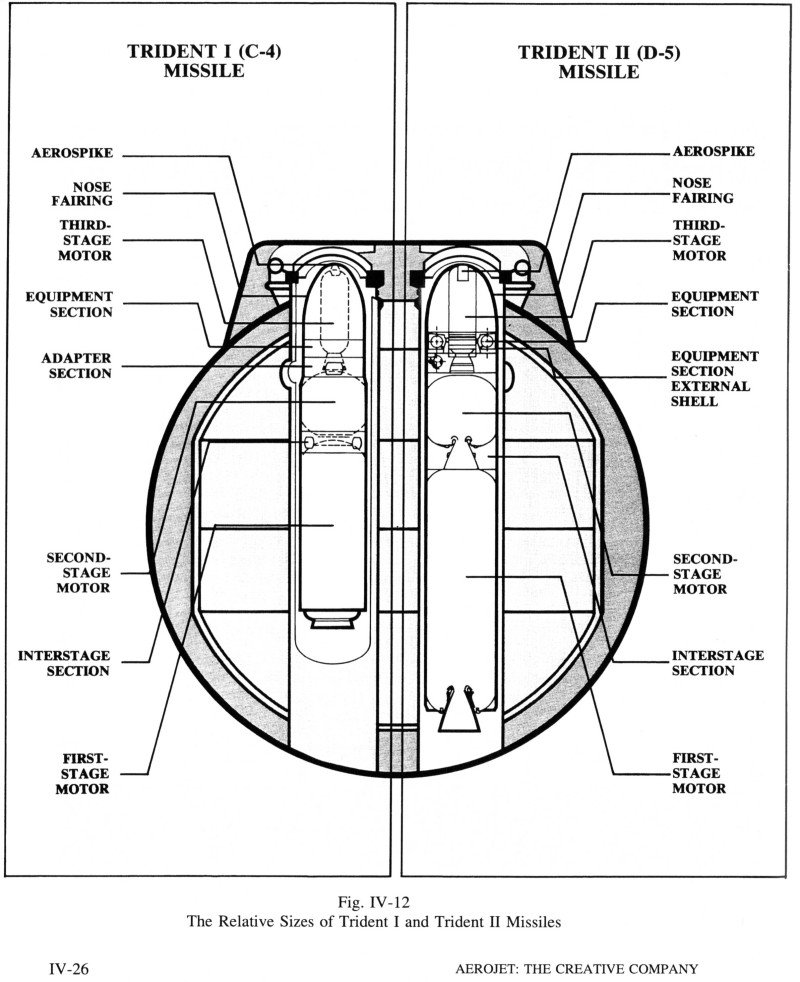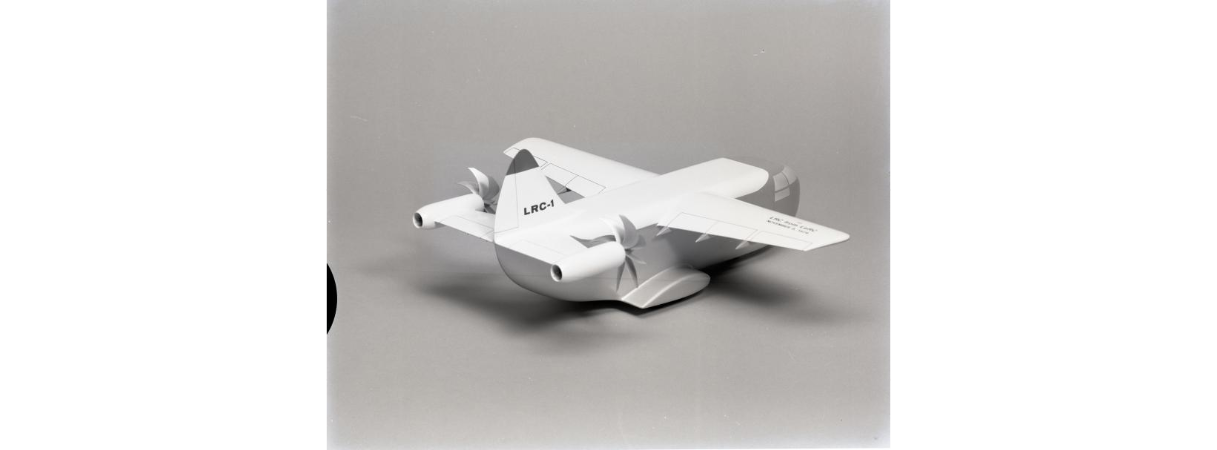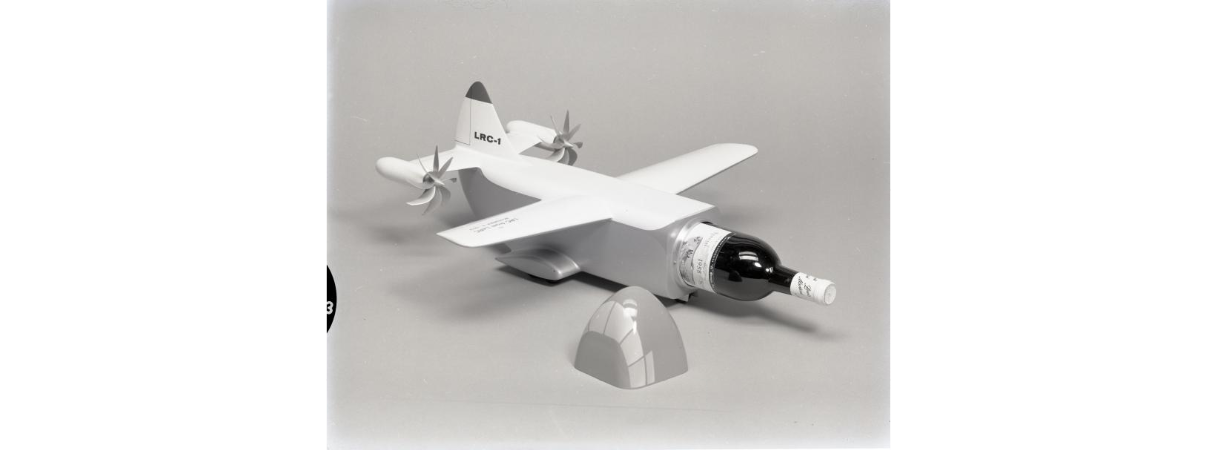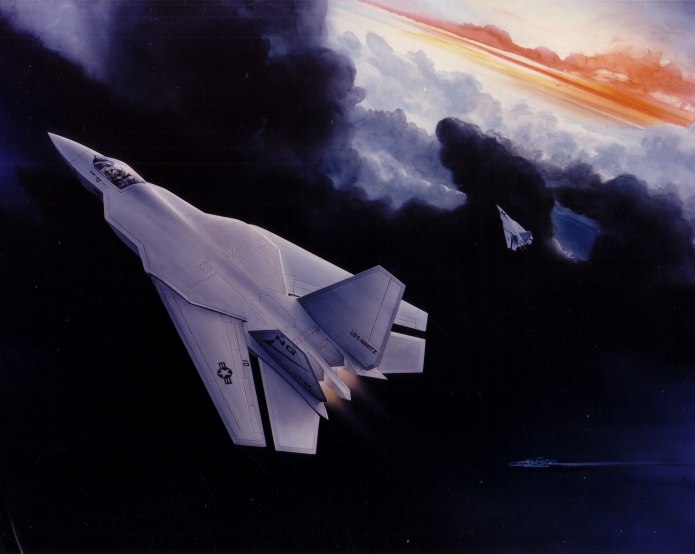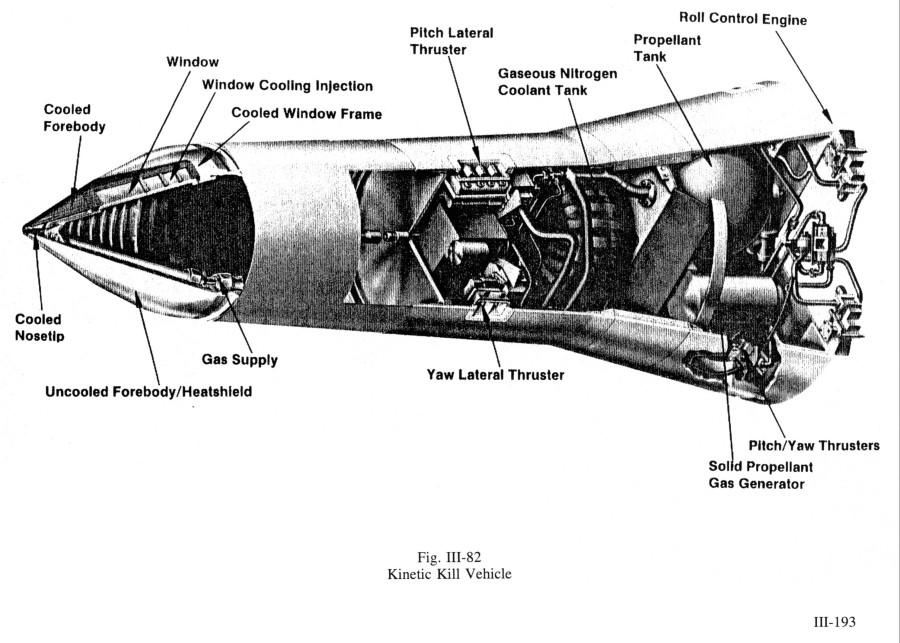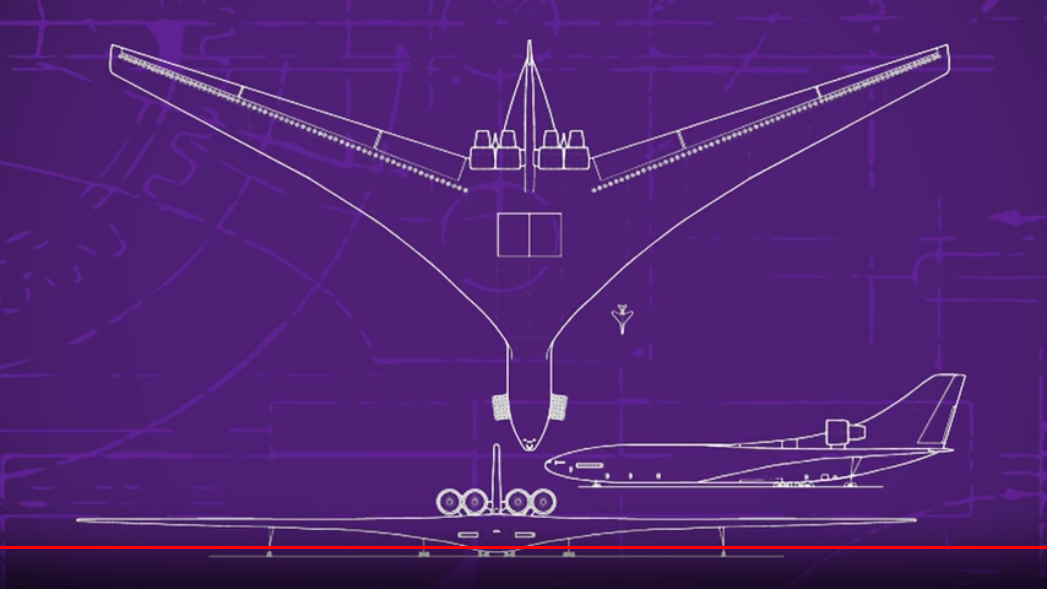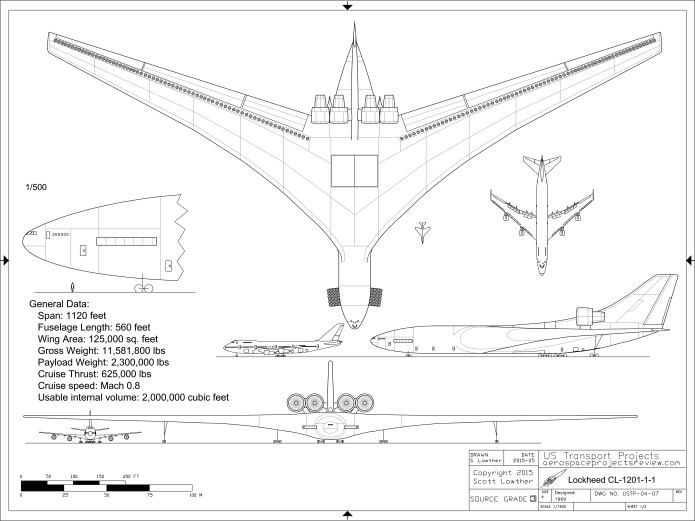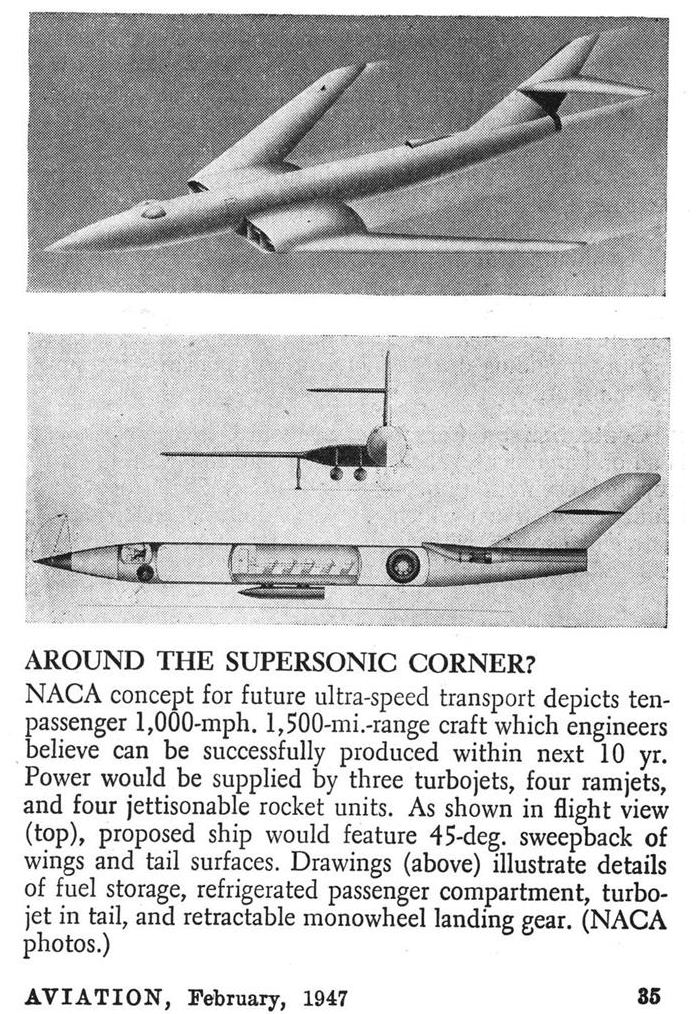Just released, the March 2021 rewards for APR Patrons and Subscribers. Included this month:
Diagram/art: a large format scan of an artists concept of the XC-14. This was printed with a large number of signatures; they seem to be Boeing engineers.
Document 1: “Project Hummingbird.” An FAA document summarizing the characteristics of STOL and VTOL aircraft circa 1961, including bogh built and proposed types. This was scanned from a clean original!
Document 2: “The Thor Missile Story.” Old, old, incredibly old school media… a film strip propaganda piece about the statues of the Thor IRBM.
CAD diagram: the WWII era German DFS 228 rocket powered high altitude recon plane, proposed operational version.
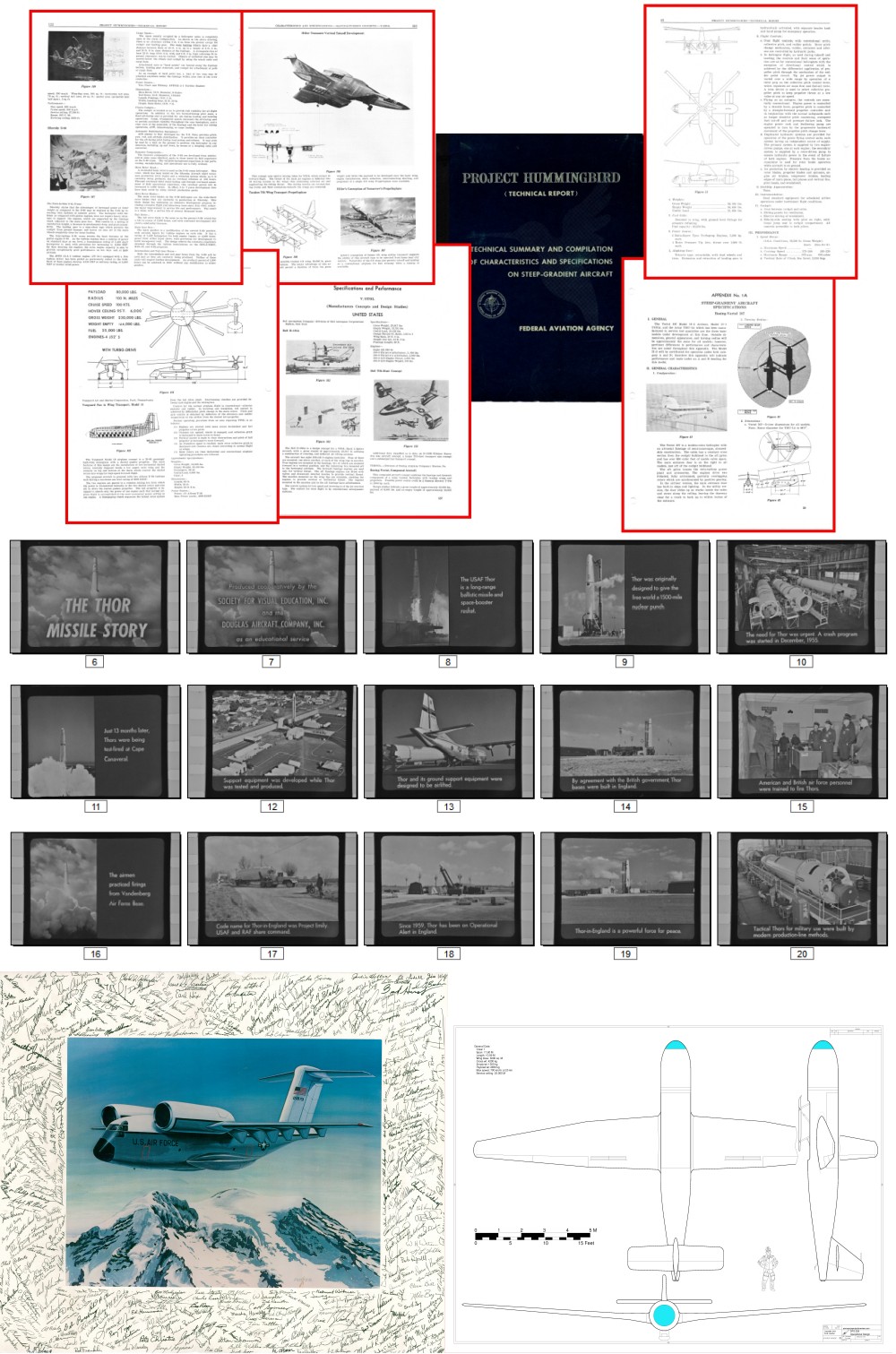
If this sort of thing is of interest, sign up either for the APR Patreon or the APR Monthly Historical Documents Program.
